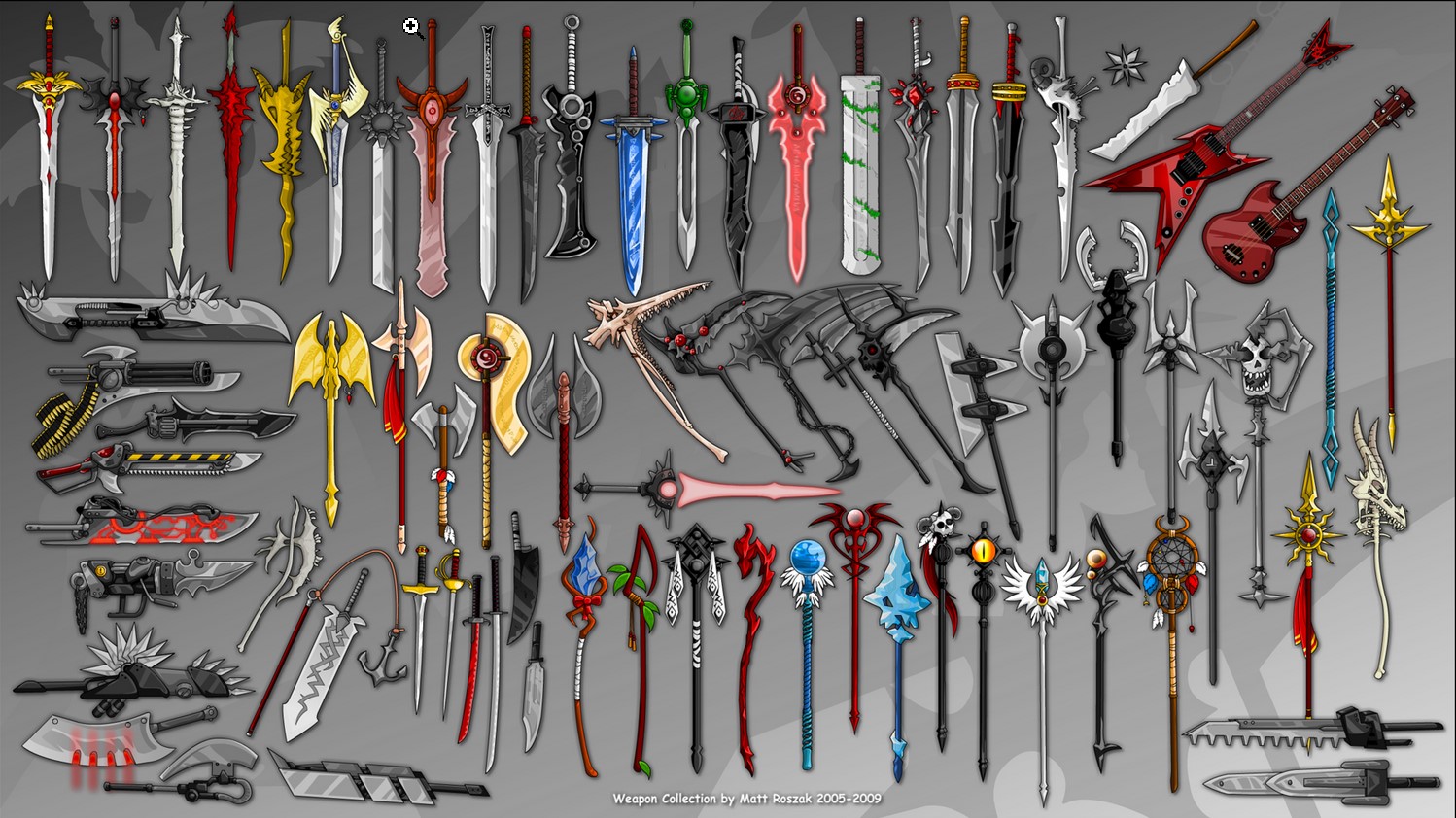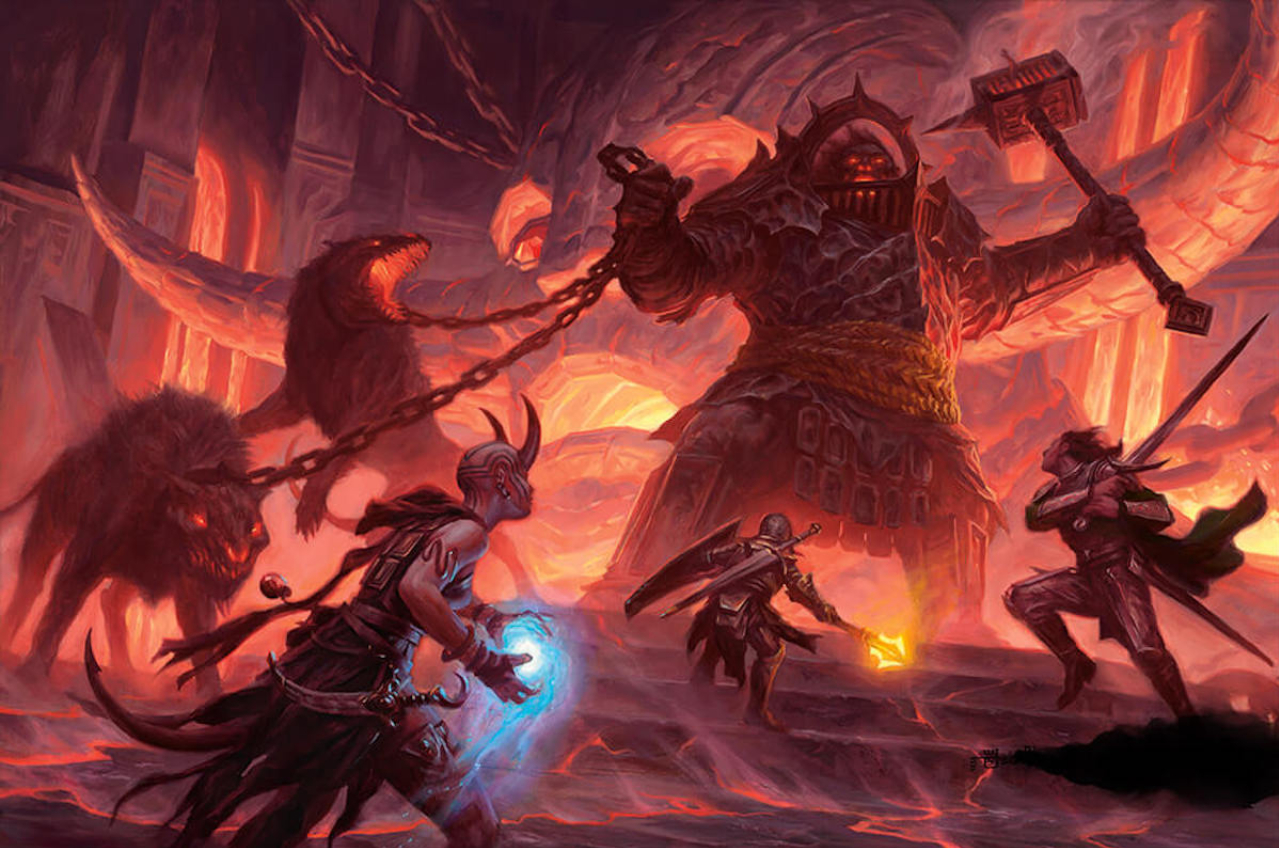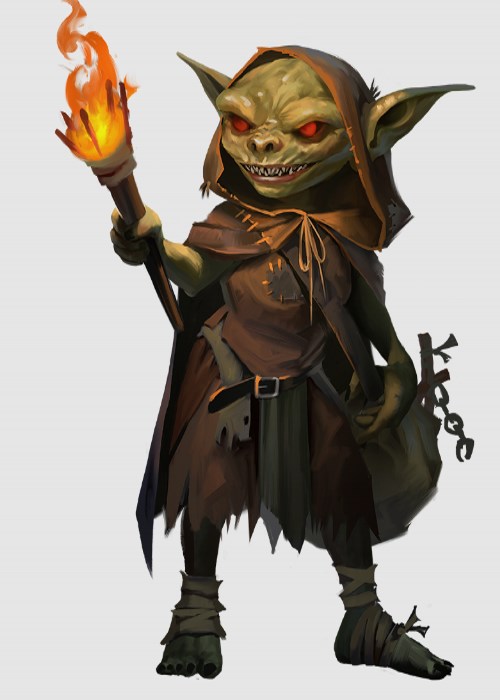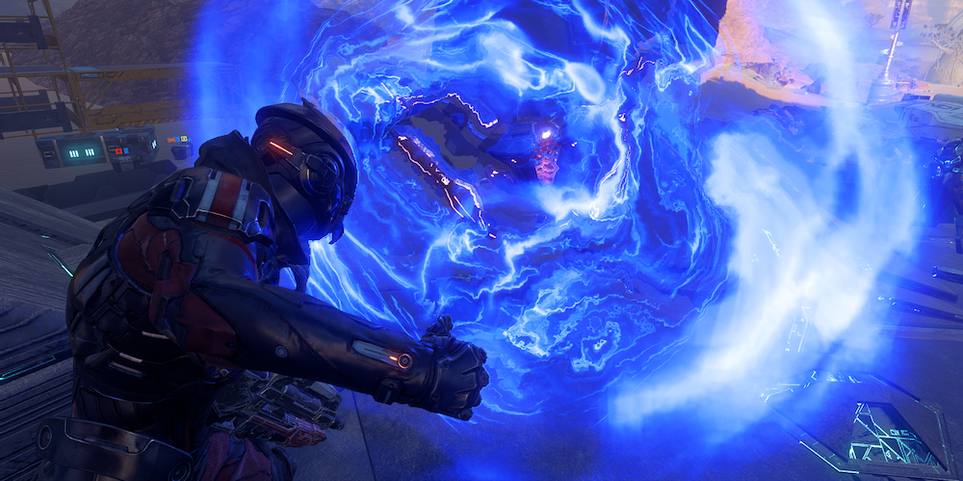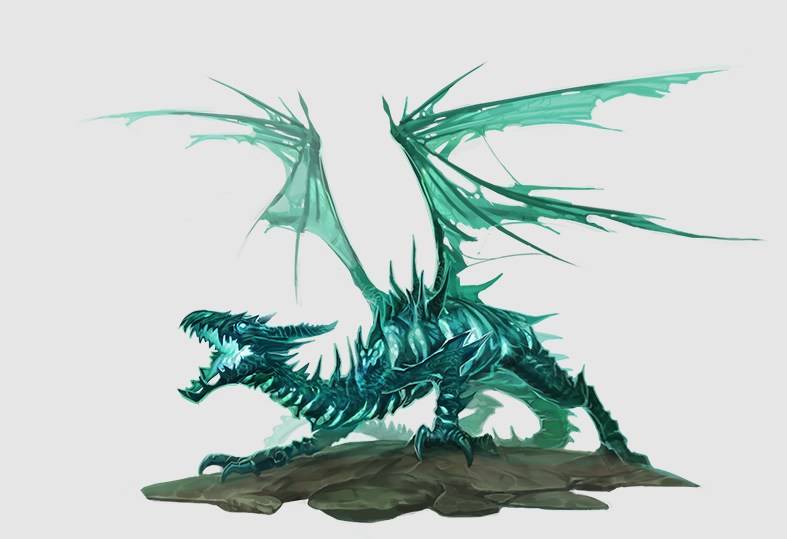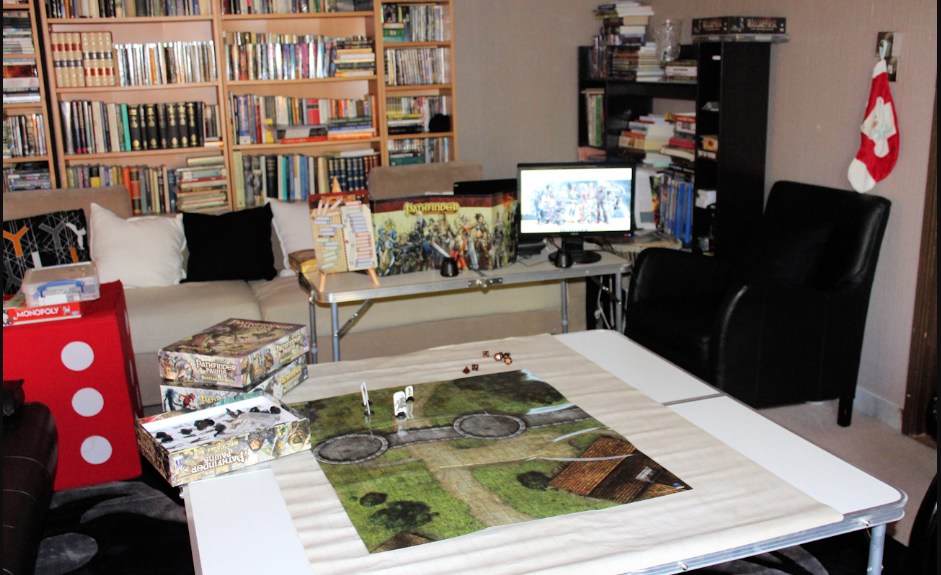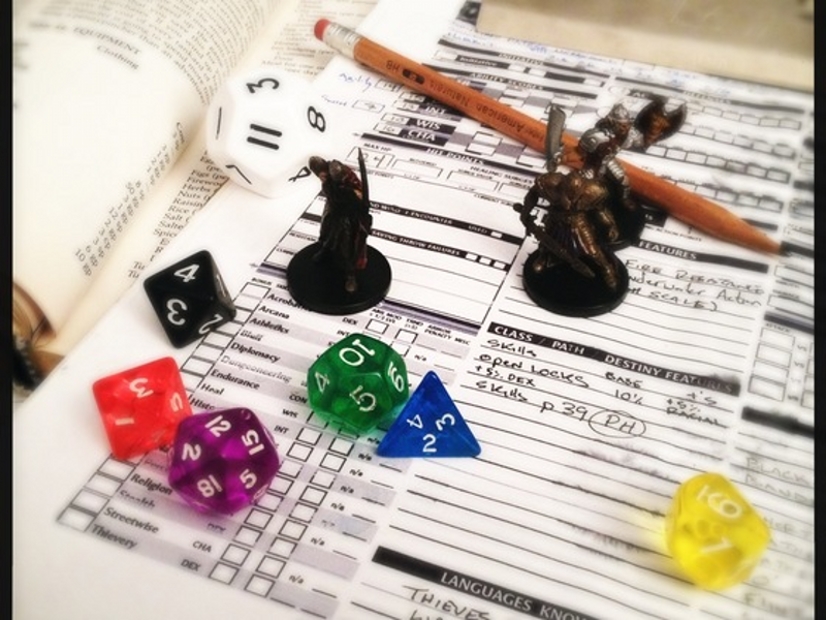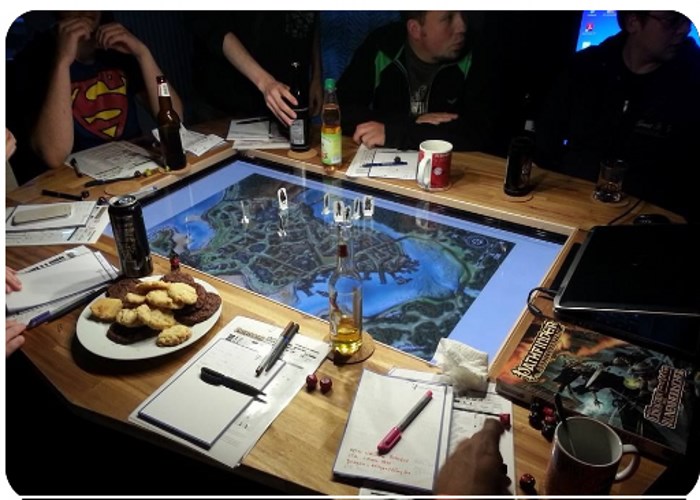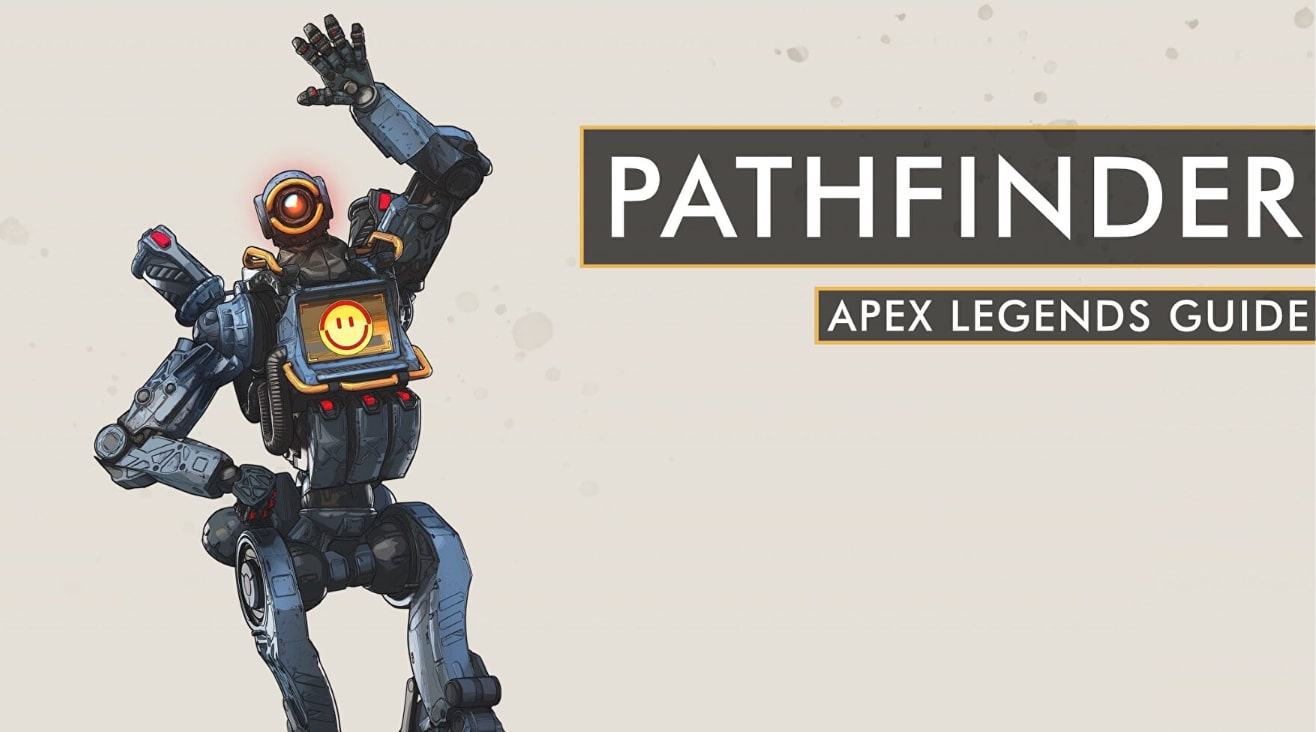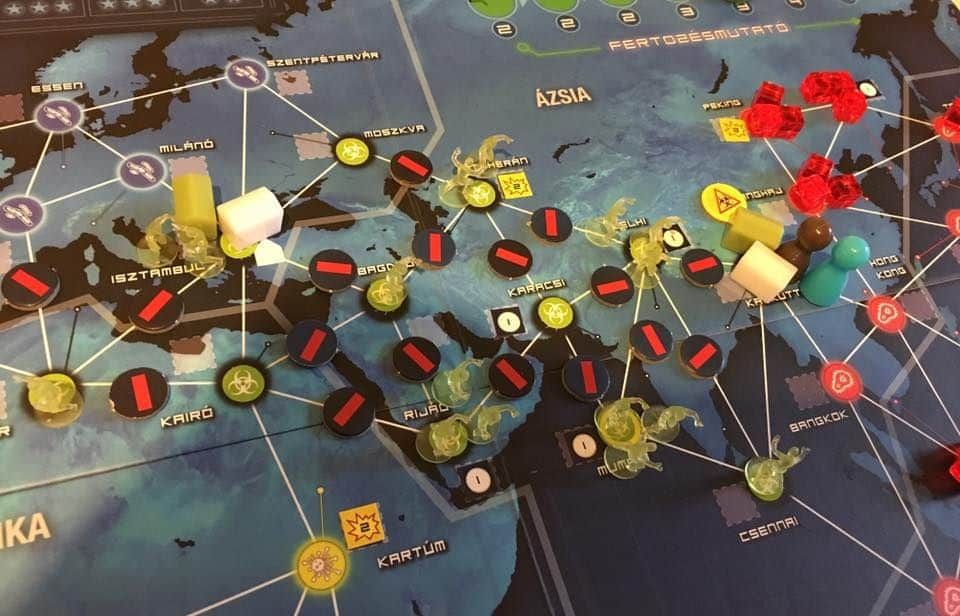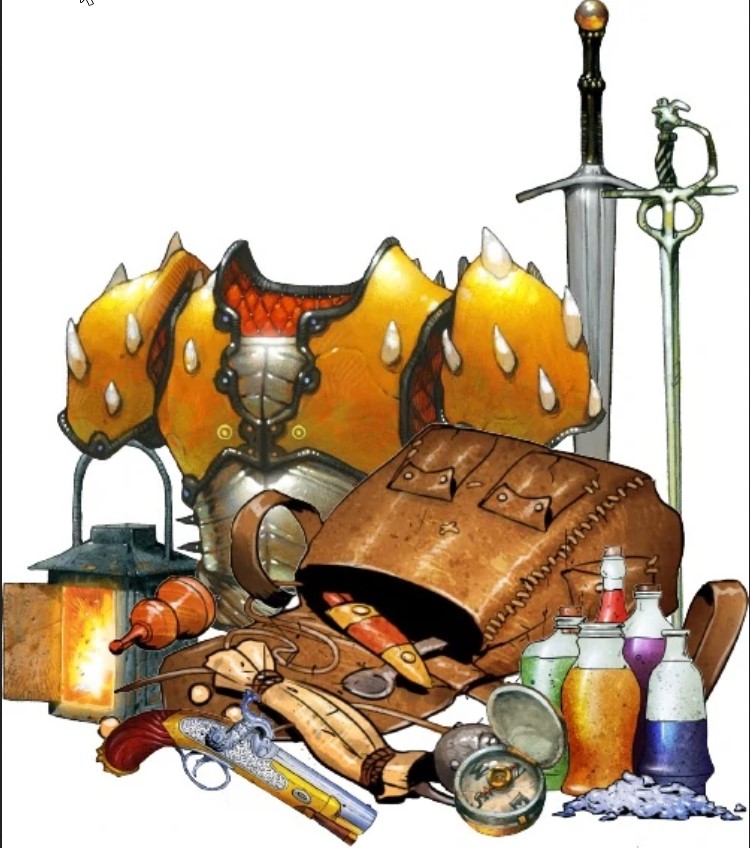
Building an archer in Pathfinder takes more than just feats and skill ranks. You need material goods like weapons armor and items. While items have changed from the way they work in 1st Edition, a lot have new things have been added. So let’s go over 20 things that you can get to improve life for your archer.
20. Fundamental Runes
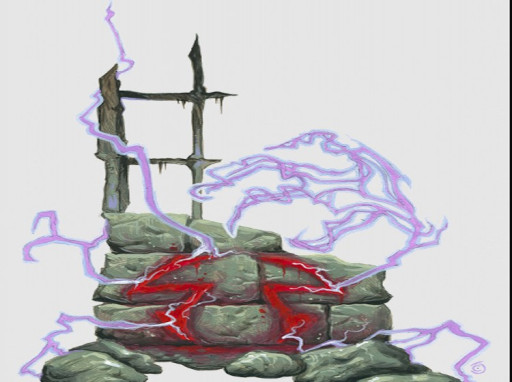
One of the new mechanics is runes. These runes function as “plus items” in 1st Edition. Each gives you an increased probability of hitting. However, they do not increase your damage like in 1st Edition. You have to upgrade your weapon with a striking rune. You can alternate upgrades with each level. Potency runes also work on armor by increasing your Armor Class. Resilience Runes
Runes are good for any class.
- Increasing your probability to do damage and decreasing your chances of getting hit is always good.No one’s ever failed a roll for succeeding by too much.
- In the new system where critical hits can happen more frequently, every increase in your stats is good. Even one point can be the difference between victory and defeat.
- Every potency rune gives you more slots for customization. Again, always good.
- Resilience Runes increase your saving throws.
Getting potency runes is easy. They come in the first rulebook. You can craft them by increasing your crafting skill or buying them in towns depending on what your GM says. The runes increase in price and the skill needed to etch them as you level up your weapons and armor from 340 at the first basic level to the final etching which costs 46,000.
19. Ghost Touch Dagger
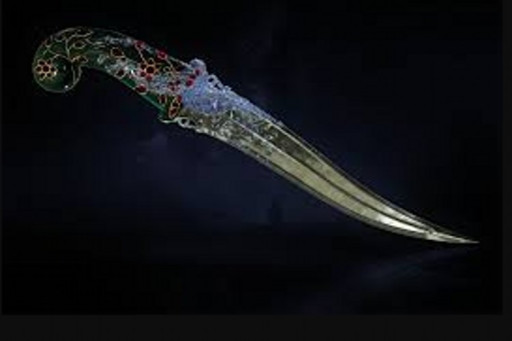
When formations break down, which is more common in Second Edition, an archer needs a fall-back option that is lightweight, easy to use, and handy in a catastrophic situation. Typically, many catastrophic situations are caused by intangible enemies.
Since most bows are useless against intangible enemies anyway, you’ll want a dagger. Being relatively easy to obtain, it’s a great starter backup weapon. It’s a great backup weapon if you’re dragged into melee or can’t use both hands for some reason.
- A dagger is good for archer classes that don’t use magic like a ranger or fighter. Magic can damage incorporeal creatures.
- Ghost Touch gives you a viable if minor damage option for your character. Every little bit helps.
- Given that incorporeal enemies can be particularly painful, you’ll want to kill them quickly. Many of them damage or even drain stats so one party member standing around is not great.
- A dagger is a simple weapon meaning all classes can use it.
You can obtain a ghost touch dagger by etching a Ghost Touch rune onto a dagger that already has a fundamental rune on it.
- Daggers do 1d4 damage but do more with upgrades
- Etching the rune costs 75 gold and is common so it will be an easy roll.
18. Energy Resistant Runes
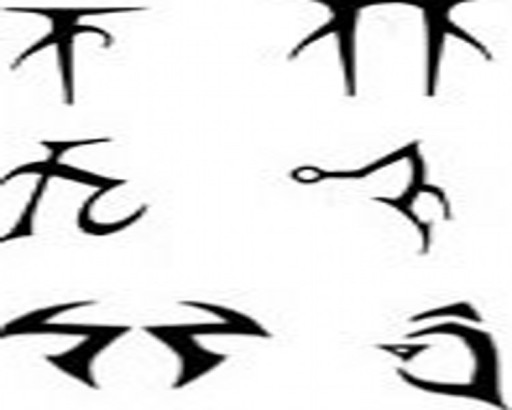
There are a lot of ways to get hurt in this game. Often by magic or by magical effect. Since archers aren’t the most durable classes, you’ll need some extra help.
Each rune can protect against one type of energy: acid, cold, fire, lightning, or sonic. It can decrease or negate the damage entirely. However, you can have multiple resistance runes. But each upgrade is more expensive and you can only have one type of rune. You can’t try to save money by etching two level 1 fire runes.
This is a good option for all classes.
- Resisting damage from a major blow can buy time for a healer to help your party regain control of a situation,
- For some lower-level monsters, it can negate damage entirely. Particularly the kinds of monsters that do elemental damage in addition to normal damage.
- Unlike before, these runes are cheaper to add to armor.
You can obtain elemental resistance runes by crafting them or buying them from the Core Rulebook.
- Energy resistance runes cost 420 GP. Greater Runes cost 1650.
- Regular runes negate 5 damage. Greater Runes negate 10.
17. Dread Ampoule
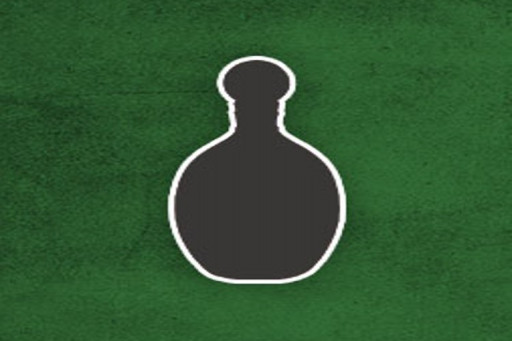
If you are a Dread Striker, a dread ampoule is a handy item to have. Poison your arrows with it and you can inflict fear on your enemies.
An arrow poisoned with the Dread Ampoule is a great opening shot. Then you can follow up with sneak attacks from regular arrows until the fear runs out. Lather. Rinse Repeat This may not be the best method but if you lack someone who can cause fear, this is probably one of the better rogue items.
This item is best for a Dread Striker Rogue because:
- You can cause fear from a distance. This allows you to get some sneak damage
- The poison has no initial saving throw.
- Because thrown items use the Dex stat, it’ll be good for a rogue.
A dose of this can be crafted using the craft alchemy skill but it will take a day or so.
- A dose costs 3 gold to make.
- It can be applied to arrows but to save on your action economy, you should apply it before battles.
16. Healer’s Gloves/Healer’s Tools
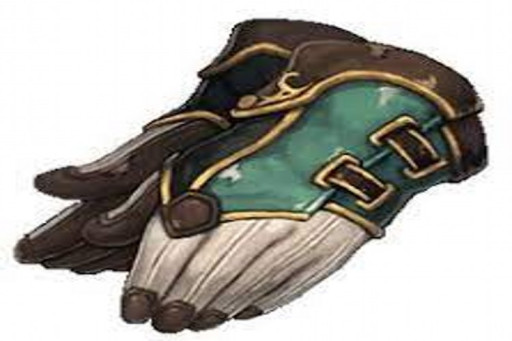
The life of an adventurer can be painful. Poisonings. Animal bites. Psychotic cultists who think your death will fulfill some weird prophecy that makes no sense. All are hazards one might face in the wild yonder.
With Paizo nerfing wands of Cure Light Wounds and healers only having a certain amount of spells per day, everyone needs to take more care to heal their wounds to a greater extent. Even the classes that didn’t traditionally do their healing.
These items are great for all classes but particularly rangers and rogues because:
- They save spell slots for the healers when they need them. A fight with some advanced goblins is one thing. Those wounds can be patched up. You want to save your big healing spells for the big problems.
- You’ll need healers gloves and healers kits to treat certain diseases and poisons since there’s no guarantee your healer will have prepared those spells.
- Using medicine to treat wounds can be effective if you succeed. Since rangers get a fairly decent amount of skill points, you’ll probably prioritize training this.
- Always remember that there is no guarantee that the GM will let you rest after an encounter goes wrong and invest in your medicine skill to save spells wands and potions.
These items can be obtained at any market or you can buy kits with the starting gold. Healer’s gloves are reasonably cheap for the benefit of increasing your medicine check and a once-per-day healing spell.
- Once per day, Healer’s Gloves can cast a 2d6+7 healing spell. The Greater Gloves cast 4d6+15
- Healer’s tools cost 5 gold. Expanded costs 50.
- The tools can be used repeatedly.
- Expanded healer’s tools give you a +1 on medicine check.
- Normal gloves give you a +1. Greater +3
15. Mage Bane poison.
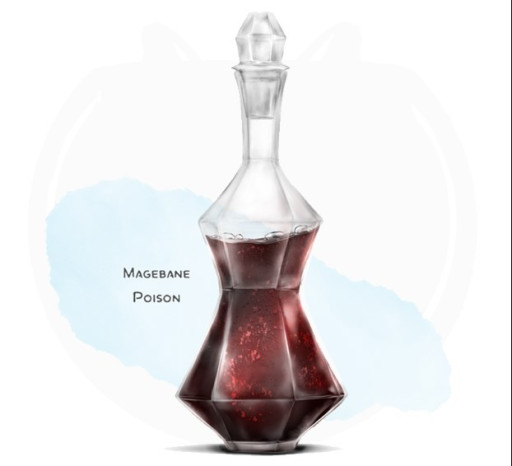
Being an archer, you’ll be fighting things from range. Mages like to hide in the back behind henchmen or whatever they’ve summoned. Though its expense renders it only useful for more powerful mages like bosses, the effects might be worth keeping one around
Though magic is a bit more balanced in this system compared to others, magical enemies can be rather nasty. They should be the priority of an archer.
Rangers and rogues especially benefit from these because:
- They do increased damage to mages. Killing them quicker is always good. It means fewer spells get cast.
- The stupefy effect hinders the ability to cast spells and can lower the numbers needed to avoid the spells. This can be good for fighters squaring off against mages with a lot of control spells.
- The check to resist the poison is high and uses a Fortitude check. Traditionally this is a mage’s worst check. At 32, this is not an easy check.
This item comes from the Age of Ashes book. Most homebrew GMs will let you craft something if you have the book. However, being an uncommon item, it’ll take higher skill to craft.
- The poison cost 325 gold.
- The save is a DC 32 Fortitude save.
- The poison does 2d6 damage in the first round 3d6 in the second, and 4d6 from the 4th-6th round and continues to increase stupefy effects.
14. Sniper’s Bead
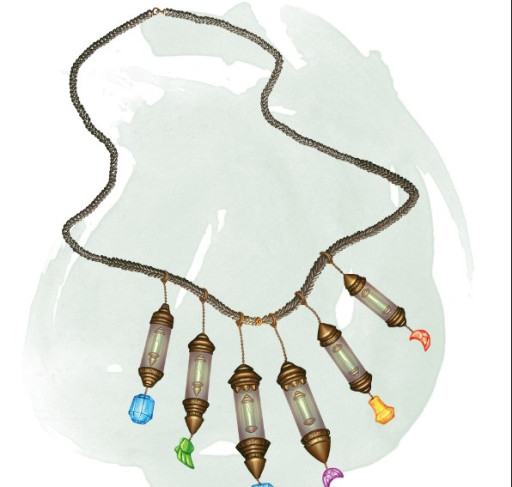
Like in 1st Edition, your ranged weapons operate with ranged increments. The more ranged increments you’re out, the less accurate your shot will be. However, a Sniper’s Bead can help.
A regular Sniper’s Bead allows you to target enemies in the first two range increments without penalty. This is handy if you’re targeting enemies that hide in the back. You’ll also find them handy if you want to stay out of the range of other enemies.
A Sniper’s Bead is good for all archers because:
- They increase your effective range. If you try to shoot outside of your effective range, you’ll take penalties. This can be significant Since the 2nd Edition doesn’t have as many instances of ridiculously high modifiers to the point that any penalties are negligible even at high levels, avoiding penalties is more important.
- Some scenarios have instances where you want to stay further out of range than you normally would as an archer. Maybe a magical effect is being triggered. A Sniper’s Bead can help keep your enemy in range while staying out of theirs.
- If you don’t have the movement speed to get in the normal optimum range, the Sniper’s Bead increases your optimum range. If you’re playing as a rogue this can be especially good if you’re trying to do stealth movement. Partner this with some of your more expensive poisons like Mage Bane.
Though consumable, crafting a simple Sniper’s Bead Talisman is inexpensive. When you succeed at most crafting checks, you craft four of the items. You can also buy it in stores
- You can buy it for 16 GP.
- Increase’s range increment by 1.
13. Alchemical Crossbow

When you’re dealing with enemies that have elemental weaknesses or resistances, exploiting or getting around them can be difficult at early levels. Fighters can often do so much damage that they can get around it. Archers need help.
An Alchemical Crossbow is a good way around resistance. The crossbow uses any elemental attack bomb like Alchemist’s Fire and makes the next three arrows carry the element. This does decrease the bow’s range though. But getting through resistances is a plus for early levels when damage resistance is a substantial problem.
The Alchemical Crossbow is good for all archers because:
- It can help you get around elemental resistances. A lot of powerful early-game enemies resist normal damage. You need elemental attacks sometimes.
- Since early-game weapons don’t do a lot of damage, the extra damage is good. An extra 1d6 damage on top of your crossbow is always helpful. It can help finish a weakened enemy.
- The Alchemical Crossbow can work with multiple elements. You can use different items for different situations.
You can get the item for 25 GP.
- It functions as a regular crossbow and does the damage for a crossbow of its size (1d6 for small and 1d8 for medium).
- Any elemental attachments do an extra 1d6. Bomb feats do not add modifiers.
12. Diplomat’s Badge
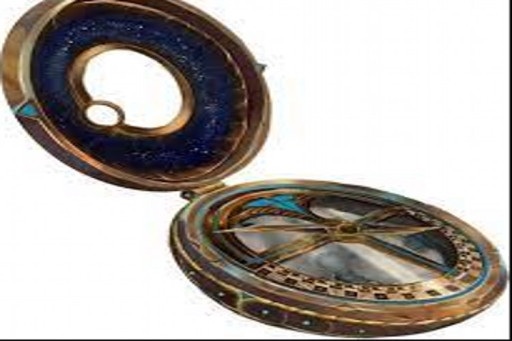
Because many classes that are good at archery like Rogues have a lot of skill points, they may find that they have to be the “face” of the party. Meaning they’ll be doing diplomacy.
A Diplomat’s Badge is a good item to wear. In Pathfinder Society scenarios, you’re just as likely to be doing social challenges as you are combat challenges. In homebrew games, a GM might try a social challenge to mess with a party that is overly focused on combat. It’s always handy to have someone to fill the face role.
A Diplomat’s Badge can be good for Rogues, Eldritch Archers, and Starlit Span Maguses because:
- These classes have the highest Charisma. Meaning they’re more likely to be the face. Even the ones who aren’t rogues usually are a good fallback for face-related options.
- Rogues have a lot of skill points and are the ones most likely to be the ones doing the talking. Giving the guy who does most of the talking the item that enhances his skills is a good plan.
- Passing some social encounters can avert combats entirely. Since archers of all types rely on limited resources like specialty arrows and spells, averting combat where possible is helpful. This saves resources for the final encounter where talking isn’t an option.
You can purchase a diplomat’s badge for 125 gold.
- This item grants a +1 bonus to all diplomacy checks.
- As a special ability, you can try to recall knowledge of the creatures you’re trying to conduct diplomacy with. If you succeed, the bonus for the creatures becomes +2.
11. Pink Rhomboid Aeon Stone
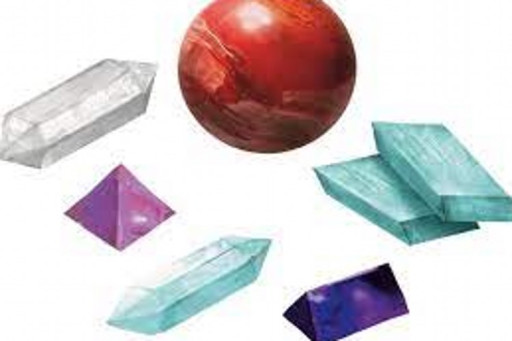
As a Pathfinder, combat can go wrong. Even if your party is working together well, there’s always a chance that somebody will get knocked out. Perhaps even the guy you designate as the healer. It’s not a great situation.
Luckily there’s the Pink Rhomboid Aeon Stone. This Aeon Stone gives you 15 temporary hit points once per day as long as you wear the stone. But that’s not why we’re here. When a character is on the verge of death, they have a limited amount of chances to pass a stabilization check before they’re dead. Or a character can cast the stabilize spell which makes them stabilized, By putting the Pink Rhomboid Aeon Stone in your Wayfinder, you can cast stabilize for free.
This item is good for archers because:
- If an encounter is going wrong and someone is on the verge of dying, a stabilize spell can buy time until first aid can be done. Since many archers fall into support classes, they should do this while melee fighters try to salvage the situation.
- A common target for a lot of midgame monsters is the casters. Since archers will be with them near the back, it makes sense for the archer to be able to do the stabilizing.
- Stabilization can be handy for the Pathfinder Society. As a general rule in Organized Play, GMs won’t attack an unconscious character. So it’s worth it to stabilize someone in a frantic situation.
This stone can be purchased for 1,900 gold.
- The stone gives 15 temporary hit points once a day. This effect can be reused with daily preparations.
10. Shadow Rune
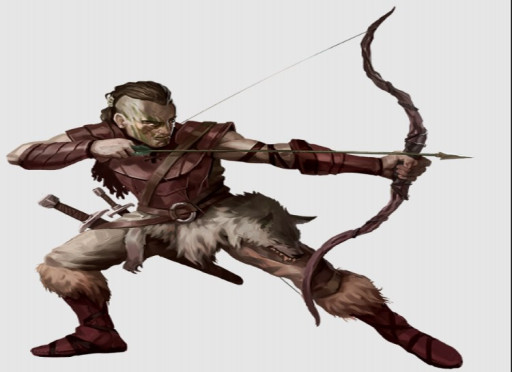
Archers often have to rely on stealth, especially if they’re scouting or they’re Rogues. There are ways to improve their stealth. One is the Shadow Rune.
A Shadow Rune is attached to your armor if you already have a Fundamental Rune. Increasing your stealth will allow you to get the drop on enemies or do a little scouting and return to the party to devise a plan.
This is a good item for Rogues and Rangers because:
- Rogues and Rangers often rely on stealth. It tends to be one of their highest skills. It’s often a class skill so you may as well increase your skill in it.
- A Rogue Archer gets an easy sneak attack if they can surprise the enemy. If you succeed at stealth, you may be able to get a shot off. Depending on your GM you may be able to get the surprise attack and a sneak attack from attacking an enemy that hasn’t moved yet.
- A Rune Bonus can stack with other bonuses. If combined with items like Cloak of Elvenkind, you can push your stealth pretty high.
You can use your crafting skill to craft this yourself or pay for a crafter in town.
Shadow runes cost 55 GP.
- They give +1 Stealth. And can be increased to up to +3
- They can be affixed to light armor.
9. Goggles of the Night
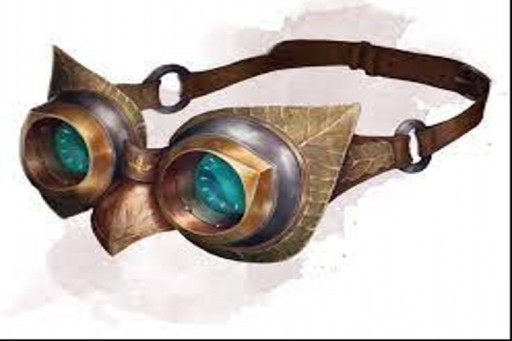
A Pathfinder’s best skill is perception. From finding a treasure to locating secret doors, to avoiding being surprised, it’s probably the most used skill in the game.
The Goggles of the Night are 2nd Edition version of Eyes of the Eagle. Since 2nd Edition doesn’t emphasize big numbers as much, you only get a +1 but those pluses matter a lot more.
Rogues and Rangers benefit from Goggles of the Night because:
- They often have the highest perception. It’s a class skill. They’ll be relied upon to find things and detect enemies.
- Archers are the most vulnerable to sneak attacks. Most enemies that try to use stealth don’t go for the heavily armored people in the front. They’ll start with the people in the back like archers.
- Detecting enemies that don’t know you’re there can allow you to make a pre-emptive strike. There’s some table variation but ranged attackers are often the best people for these types of pre-emptive strikes. Especially since Rogues and Rangers have high initiative.
Goggles of the Night can be bought in town for 150 gold.
- These goggles give you +1 Perception
- Once per day, you can give yourself dark vision.
8. Hunter’s Bow
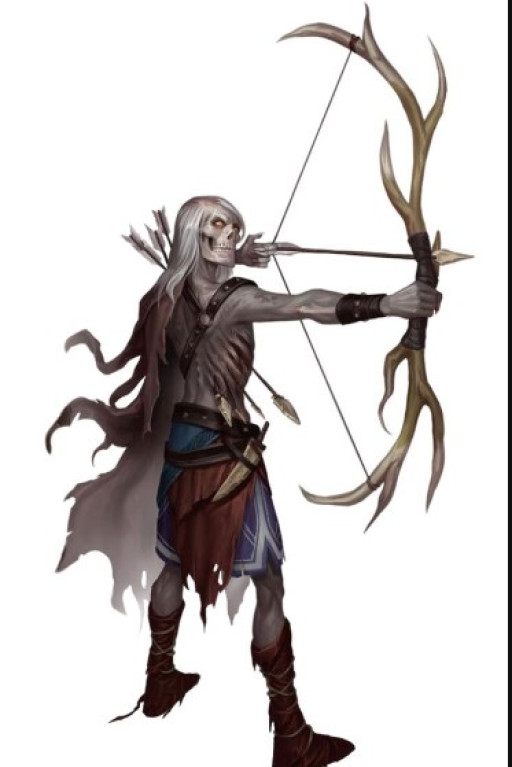
Archers are hunters and often rely on stealth to get the job done. Especially in the jungles and forests. Some weapons give you a greater advantage in stealth mode and even greater damage.
The Hunter’s Bow is one such weapon. For early levels, every point of damage is important and since low-level weapons do low damage, it’s important to take every advantage you can get. It may not sound like much but this bow does an extra 1d6 points of damage on any enemy that doesn’t see you.
This is good for many rangers and archer rogues because:
- In early-game, weapons with damage enhancements are hard to come by. Many enhanced weapons are expensive and reserved for higher-level characters. While this item will be outclassed, it’s a good starter.
- That extra1d6 of damage can be substantial. If you already have a sneak attack, the Hunter’s Bow stacks with it. Meaning if you do 1d6 sneak damage, you’ll do 2d6 with this bow.
- This damage stacks. You’ll be doing an extra 1d6 per hit. If you’re a Flurry Archer, this will be a good investment.
- Rangers and Rogues rely on stealth to track enemies anyway, It’s one of their best skills. You might as well make it work for you in the damage department.
This costs 60 gold.
- It does the same damage as the regular crossbow without sneak damage.
- It can only be bought in Organized Play if you have a boon.
7. Alchemist’s Lab
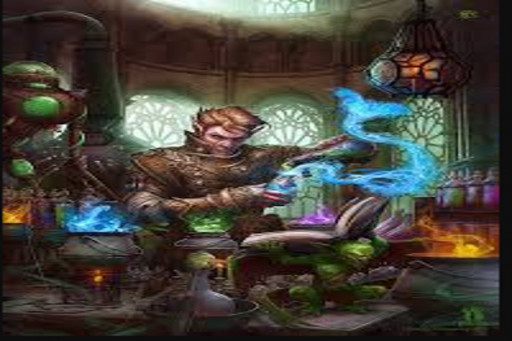
2nd Edition places a bit more emphasis on crafting items. While GMs were often inclined to handwave it for 1st Edition, many are less so. Especially since poisons are somewhat more useful. When you’re an archer, you may find yourself having to make your potions and poisons.
You’ll need an Alchemist’s Lab to do it. An expanded lab increases the chances of your crafting being successful. Which is good since failing can lead to painful side effects.
An Alchemist’s Lab is good for Rangers and Assassins that use bows because:
- Many assassin archers use poisons and you need an alchemist’s lab to craft them. Failing at the craft check could cause you to poison yourself.
- Some rangers use potions to enhance their skills. However, they can be expensive when you have to buy them yourself. Crafting is cheaper.
- If you’re using an alchemical crossbow, you need a ready supply of bombs to attach. Making those bombs in the field is essential since it might be several sessions before you can go shopping in town.
A lab costs 5 gold. An enhanced lab costs 55 gold.
- Enhanced labs give you +1 to crafting.
6. Camouflage Suit
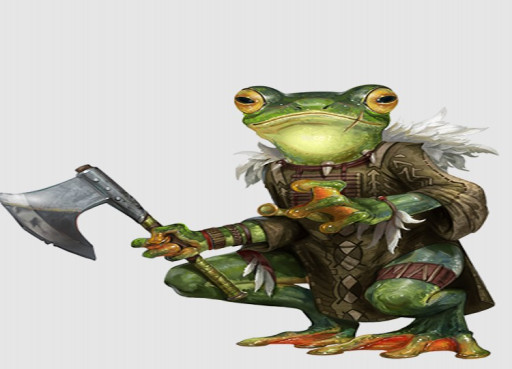
Archers rely on tracking. Part of that is staying out of sight yourself. Given this, it makes sense to have a Camouflage Suit.
This suit gives you an additional +1 to stealth. However, you have to prepare it for the environment you plan to be in. If you’re in the forest, a suit that’s been prepared for the mountains won’t help. However, you can change the suit during downtime as needed.
This is good for Rangers and Rogue Archers because:
- It’s an early-level item. Despite some of the restrictions on it, you have access to it early. Many of the higher-level items are expensive. A +1 is the same whether you pay 50 or 5000 gold.
- Rogues can increase their chances of getting the first-round sneak attack. When combined with the Hunter’s Bow, it can be devastating.
- While you can only change it once a day, being able to change your camouflage is good. It’s helpful for Organized Play because you never know where you’ll end up.
This can be bought for ten gold.
- Gives +1 to Stealth
- Can be worn over armor
- There may be some table variation. Some GMs will rule that the item won’t work in certain environments.
5. Cloak of Elvenkind
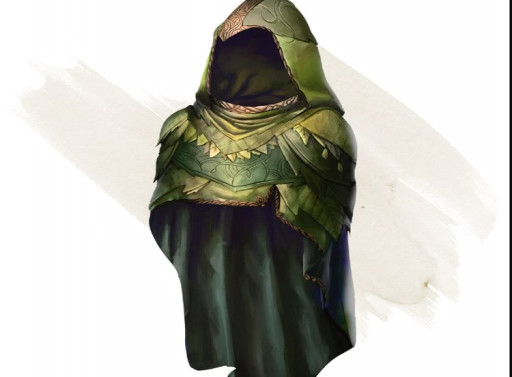
A step up from the Camouflage Suit, there is the Cloak of Elvenkind. This serves many of the same functions but some magic is thrown into this mid-level item.
For starters, the cloak is magic. Meaning it camouflages automatically. This also takes table variation off the table. Plus it can allow you to use invisibility once a day.
This item is good for archers because:
- It serves the same functions as a Camouflage Suit, All the things up there apply here.
- Magic means that you don’t have to do any special preparations for it. It also means that you’ll still get camouflage even if you are suddenly transported to a new environment. There are plenty of plots where that happens.
- Even if only once per day, Invisibility is a good skill for a Rogue archer. If you’re invisible, you can get sneak attack damage and a vastly improved stealth check. Beware that at high levels, pretty much everything can see through invisibility.
This costs 360 gold.
- Gives +1 to stealth checks
- Can use invisibility twice a day if you have Boots of Elvenkind.
4. Spiritsight Crossbow
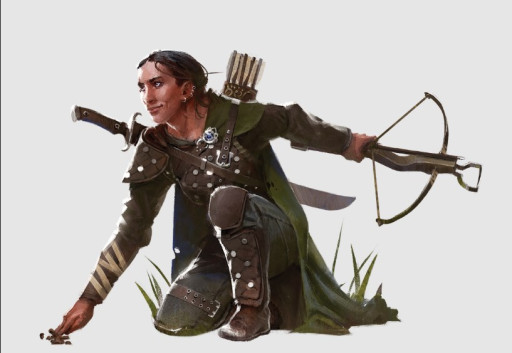
When you start getting into mid-game, you start getting some good magical weapons. Some of them, you’ll craft with runes. Others you might find on bosses you kill. Take the Spiritsight Crossbow.
If you happen to get one and are proficient with crossbows as an archer, this is the crossbow for you. This weapon has some uncommon features. The weapon, unlike most bows, has Ghost Touch. This means the bow can hit incorporeal enemies without changing or buying new ammo. But there are other reasons this weapon is good.
- The Spiritsight Crossbow fires normal arrows as Ghost Touch. You aren’t wasting ammo so this saves you a lot of gold. Since all arrows are Ghost Touch, you can hit incorporeal enemies.
- Since incorporeal enemies are powerful, having the Spiritsight Crossbow at mid-level is good. Being useless against enemies that often inflict severe status effects as a default attack is bad. Even if you’re only doing regular damage, it’s better than nothing.
- Some enemies like to shift in and out of the Ethereal Plane. This presents a problem. Having this crossbow lets you attack enemies in the Ethereal Plane. This eases these sorts of encounters.
This weapon costs 450 GP
- It does normal damage for a crossbow with a striking rune.
3. Precious Material Blanches

Some enemies are weak to attacks from certain metals. Demons are weak to iron. Lycanthropes are weak to silver. And there are other examples.
Many weapons are made of these materials. But for archers, you’ll need blanches that give arrows those properties. Doing this gives you the chance to exploit weaknesses.
Blanches are great for archers because:
- Archers often do middling damage compared to fighters. Since many enemies like demons are a lot more powerful than general low-level banditry, you need to increase your damage output. Putting these enemies down quickly is in your interest.
- Having multiple blanched arrows makes you prepared for different situations. You never know what you’ll be fighting. When in Organized Play, there are a lot of variances.
- Blanches while not cheap, are less expensive than a metal weapon. Plus, you don’t have to get into melee. At mid-level, you don’t want to be in melee.
- Adamantine blanches are great for archers because many constructs are resistant to magic. You fight a lot of constructs that have hardness and breaking that hardness will be key.
The cost of blanches varies but you can find them in most towns.
- Each blanched arrow can only be used once.
2. Alchemical Bombs
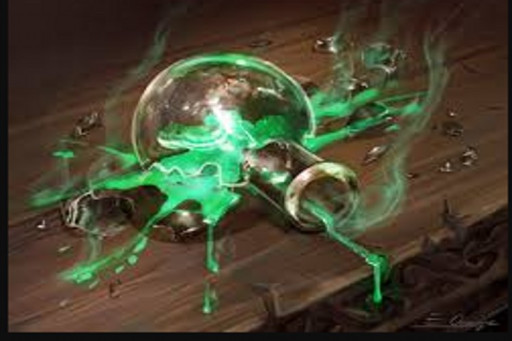
It sounds strange to say that an archer should keep some alchemical bombs on hand. It seems redundant but there are several reasons for it.
For starters, you’ll need a few if you are using an alchemical crossbow. Secondly, swarms are annoying. Arrows, unless Paizo releases anti-swarm bows or something, are useless. When dealing with swarms, an archer needs bombs.
Bombs are good for archers because:
- The archers often use dexterity for attacking. Fighters use strength, which doesn’t help thrown weapons. Giving archers bombs for swarm situations makes sense as they’re more likely to hit.
- Swarms are a common low-level obstacle. Many pre-written scenarios and homebrew GMs like to have standard combat encounters. Then, when the party has a false sense of security from hammering goblins like a stake, they encounter a swarm that makes all the conventional weapons useless.
- Alchemical bombs are attached to alchemical crossbows. Without bombs, the crossbow is useless.
Regular alchemical bomb costs vary but usually cost around 3-10 gold.
- Basic bombs typically do 1d6 damage and do 1 splash damage even if they miss.
- Elements depend on the bomb.
1. Thieves Tools
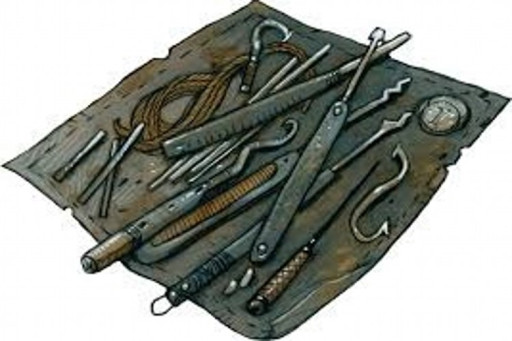
Why would an archer need Thieves Tools? You’re probably expecting the #1 best bow, right? Well, the thing about this game is that there’s more to it than combat.
As I’ve said previously, archers often double as skill monkeys. More common than combat is disarming traps or unlocking secret doors. If you don’t have a good Rogue, an archer will have to fill the role in a pinch. For this, they will need thieves' tools.
You can never expect perfect party balance in Organized Play. Your most common problem in Pathfinder Society is that you can’t always expect a person to bring their best trap-disarmer. So you have to improvise. With the right tools and items, you can jury-rig a skill monkey out of an archer for a scenario.
- Rangers have a lot of skill points to use. They also have a lot of Dexterity. This makes them good for disarming traps. Many Rangers even dip into Rogue classes.
- Triggering traps can be devastating. If you don’t have someone who can disarm traps, you’ll have to pray that no one triggers anything. Standing around and trying to find a way to open a locked door is just annoying.
Thieves tools can be bought at any marketplace for 3 gold. Replacement parts cost 3 silver.
- Thieves’ tools require 2 hands unless you’re wearing them.

